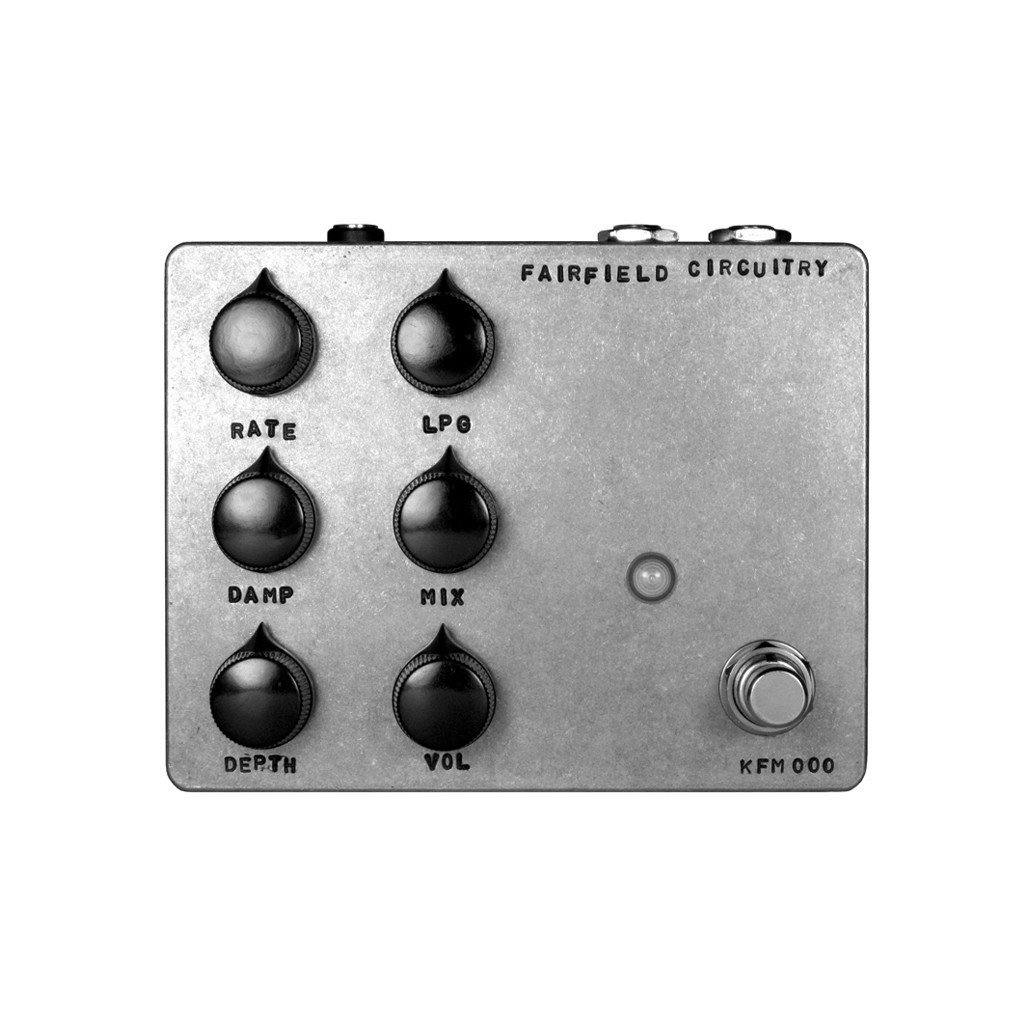Your basket is currently empty!
Fairfield Shallow Waters K-Field Modulator (KFM)
Re-animate your guitar parts, hypnotize your synths into a dreamy trance, submerge your loops in a swirling pool of syrupy sound! Fairfield Circuity’s latest demented venture will send you and your musical ideas spiralling into another plane of existence. Based on a traditional analogue chorus/vibrato circuit, the Shallow Water varies the delay and filtration created in relation to the input signal, simultaneously giving an old-tape-like warmth and sporadic flutters of pitch and modulation. Your ideas will take on a lifeforce of their own. Relieve yourself of the control over your sound and let it wade through the Shallow Water’s murky,…
Description
here at Just Pedals we love this Fairfield Shallow Waters K-Field Modulator (KFM).
Re-animate your guitar parts, hypnotize your synths into a dreamy trance, submerge your loops in a swirling pool of syrupy sound! Fairfield Circuity’s latest demented venture will send you and your musical ideas spiralling into another plane of existence.
Based on a traditional analogue chorus/vibrato circuit, the Shallow Water varies the delay and filtration created in relation to the input signal, simultaneously giving an old-tape-like warmth and sporadic flutters of pitch and modulation.
Your ideas will take on a lifeforce of their own. Relieve yourself of the control over your sound and let it wade through the Shallow Water’s murky, ethereal circuitry!
Here’s what Fairfield Circuitry say about the Shallow Water:
Practically, this describes an effect built around your typical analogue chorus/vibrato circuit wherein the signal is delayed by a few dozen milliseconds using a bucket brigade device. Another signal then modulates this delay time to create changes in pitch, called vibrato. Chorus is achieved by mixing the original signal with the delayed signal, creating the moving comb filters that tickle our ears and feather our bangs. Still, major differences can be noticed when studying the k-field modulator’s architecture. The most striking are how the delay time is modulated in a random fashion and how the recovery filter moves in relation to the input signal. Both these differences place Shallow Water in a category of its own, appropriately called k-field modulators. As the present gets lost, the future becomes the past.
PSEUDO RANDOM GENERATOR
The random quality of the modulation begins in a simple program residing on a microcontroller. Its output resembles steps of random voltages, seperated by random time intervals. The RATE control effectively sets the overall range of these time intervals.
INTEGRATOR AND DEPTH
These random stepped voltages are processed through a filter/ integrator, giving control over the slope at which the steps will reach their new values. As DAMP is increased, the random steps become slow and sluggish, instead of sharp and abrubt. DEPTH defines the amount of modulation that will be used to modulate the time delay of our input signal. There is a strong interaction between all three controls affecting modulation; that is, RATE, DAMP and
DEPTH. ENVELOPE FOLLOWER AND RECOVERY FILTER
Once the input signal has passed through the delay line, a recovery filter and some kind of gate is necessary to remove unwanted noise generated by the bucket brigade device. To achieve this, the input’s envelope is followed and used to modulate the frequency of a low pass filter. The amount of envelope is set by the LPG control, yielding bouncy, lo-fi responses to quick and snappy gate-like behaviours.
Specifications
Technicals
- true bypass&nbs


Reviews
There are no reviews yet.